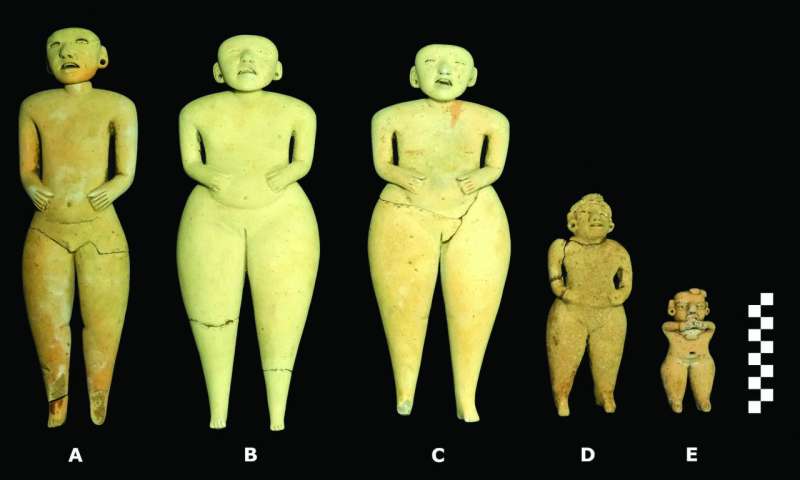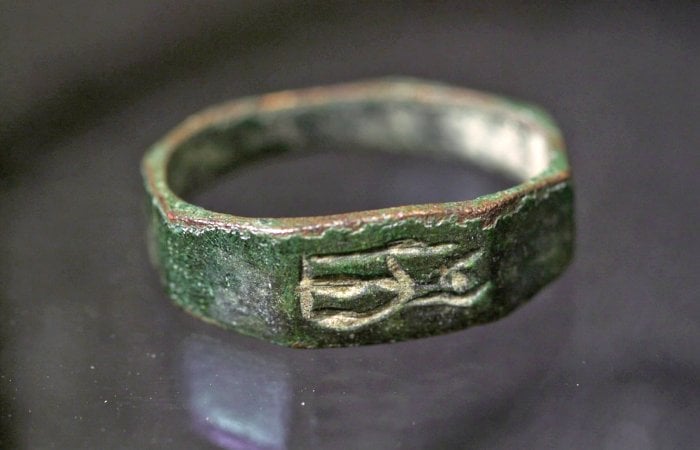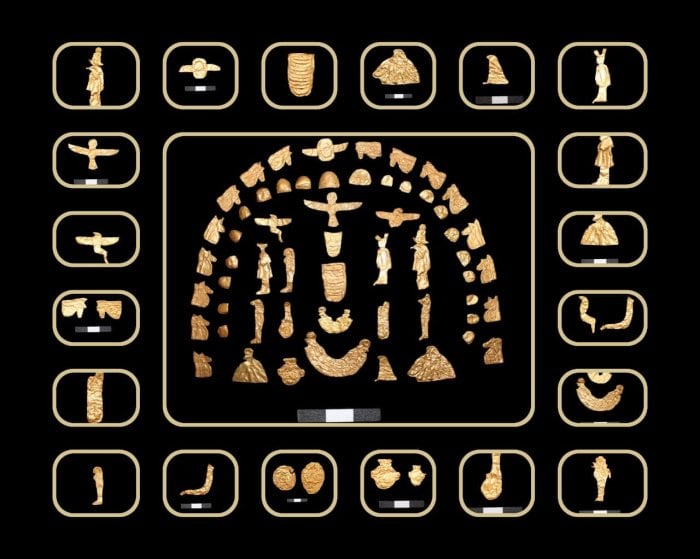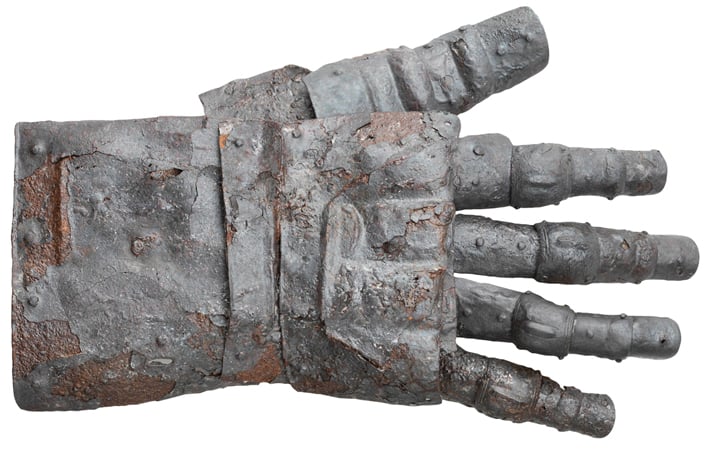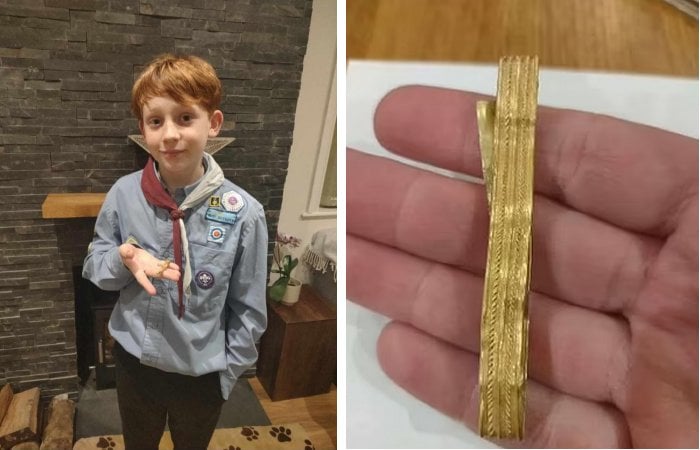artifacts
355 readers
1 users here now
Welcome to Lemmy's Artifacts page! Feel free to post pictures, stories, news articles, or anything of interest regarding ancient artifacts and their history.
founded 2 years ago
MODERATORS
1
2
3
4
5
6
7
8
9
10
11
12
13
14
15
16
17
18
19
21
22
23
24
25
view more: next ›







